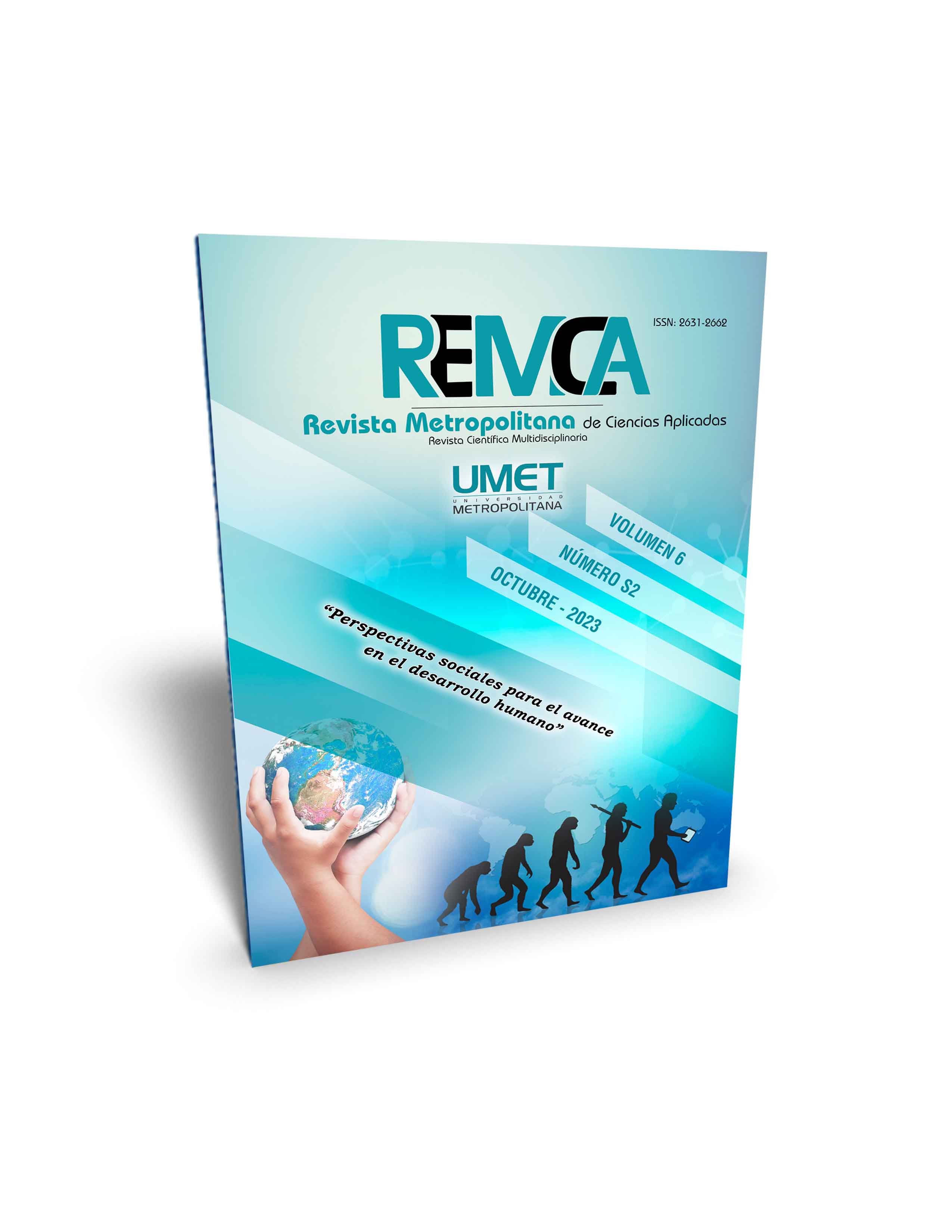Historia oral y enseñanza de la historia a través de estudios de caso
DOI:
https://doi.org/10.62452/ja5q7w82Palabras clave:
Historia oral, historiografía, memoria histórica, migración, historia del presenteResumen
El presente trabajo está fundamentado hacia las principales ideas que se constituyeron desde el siglo XX, que trajo consigo una importante revolución historiográfica que ha trascendido hasta nuestros días, dando como resultado nuevas formas de hacer historia. Como investigadores de las ciencias sociales en general, esta revolución en el mundo de la historia nos dio opciones de sistematizar y profundizar en áreas poco estudiadas o investigadas como lo han sido las tradiciones y la memoria histórica. En pleno siglo XXI y con un mundo que resulta cada vez más globalizado, la identidad y sapiencia de nuestras naciones se ve amenazada por estigmas y estándares anglosajones o euro centristas. Es en este marco que las tradiciones orales constituyen una herramienta esencial para los investigadores, a fin de conservar la memoria histórica de manera que esta perdure para las siguientes generaciones. Mucho se ha escrito sobre la relación dialéctica entre oralidad e historia, pero mucho tiene que aplicarse aún. Aplicación que debe traducirse en estudios de campo concretos que se basen en la interacción con los protagonistas de sucesos que hoy a causa de las nuevas tendencias o políticas están siendo reescritos o contados de diferentes maneras distintas. Con el objetivo de ilustrar el uso de la historia oral y su papel en la recuperación de la memoria de los pueblos proponemos ejemplos donde su empleo ha sido medular. Notamos además que la línea divisoria entre historia oral y la historia del presente es muy fina, teniendo ambas un papel complementario en la labor del historiador.
Descargas
Referencias
Burke, P. (1994). La Revolución Historiográfica Francesa. La Escuela de los Annales (1929-1984). Gedisa
Burke, P., & Gil Aristu, J. L. (1994). Formas de hacer historia (1. reimpr). Alianza Ed.
Fernández, E. (2019). Historia oral e historia de género en el aula de historia actual. Universidad del País Vasco.
González, E. (1986). La historia oral, instrumento de análisis social: Algunas aportaciones recientes. C.S.I.C.
James, D., & Wolfson, L. (1987). 17 y 18 de octubre de 1945: El peronismo, la protesta de masas y la clase obrera Argentina. Desarrollo Económico, 27(107), 445.
Levi, P. (1988). I sommersi e i salvati (Los hundidos y los salvados). El Aleph.
Sitio oficial del Gobierno de los Estados Unidos. (2022). Registro de la Oficina de Aduanas y proteccion fronteriza. http://www.usa.gov/es
Descargas
Publicado
Número
Sección
Licencia
Derechos de autor 2023 Carlos Máximo Leyva-Zaldívar, Celia del Carmen Hernández-Arias (Autor/a)

Esta obra está bajo una licencia internacional Creative Commons Atribución-NoComercial-CompartirIgual 4.0.
Los autores que publican en la Revista Metropolitana de Ciencias Aplicadas (REMCA), están de acuerdo con los siguientes términos:
1. Derechos de Autor
Los autores conservan los derechos de autor sobre sus trabajos sin restricciones. Los autores otorgan a la revista el derecho de primera publicación. Para ello, ceden a la revista, de forma no exclusiva, los derechos de explotación (reproducción, distribución, comunicación pública y transformación). Los autores pueden establecer otros acuerdos adicionales para la distribución no exclusiva de la versión de la obra publicada en la revista, siempre que exista un reconocimiento de su publicación inicial en esta revista.
© Los autores.
2. Licencia
Los trabajos se publican en la revista bajo la licencia de Atribución-NoComercial-CompartirIgual 4.0 Internacional de Creative Commons (CC BY-NC-SA 4.0). Los términos se pueden consultar en: https://creativecommons.org/licenses/by-nc-sa/4.0/deed.es
Esta licencia permite:
- Compartir: copiar y redistribuir el material en cualquier medio o formato.
- Adaptar: remezclar, transformar y crear a partir del material.
Bajo los siguientes términos:
- Atribución: ha de reconocer la autoría de manera apropiada, proporcionar un enlace a la licencia e indicar si se ha hecho algún cambio. Puede hacerlo de cualquier manera razonable, pero no de forma tal que sugiera que el licenciador le da soporte o patrocina el uso que se hace.
- NoComercial: no puede utilizar el material para finalidades comerciales.
- CompartirIgual: si remezcla, transforma o crea a partir del material, debe difundir su creación con la misma licencia que la obra original.
No hay restricciones adicionales. No puede aplicar términos legales ni medidas tecnológicas que restrinjan legalmente a otros hacer cualquier cosa que la licencia permita.




